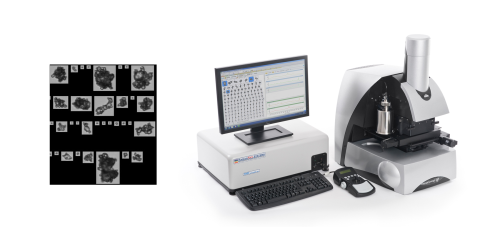
The ability of uncontrolled agglomeration to substantially impact the performance and value of powder products makes efficient agglomerate detection vital across a number of industries, the company says.
The new guidance, entitled ‘Identification of agglomerates using automated image analysis’ shows how to differentiate agglomerates from primary particles, in order to support product development, quality control and process troubleshooting.
Agglomerates are formed through the adhesion or cohesion of smaller primary particles. They can have serious implications for product performance, value and, in the case of pharmaceutical products, safety. Any tendency towards agglomeration must therefore be thoroughly investigated during product development, controlled during manufacture and checked in final product quality control.
Quantifying agglomerates
Automated imaging is way to study the morphological characteristics of particulate materials. Malvern’s new guidance suggests how the combination of size and shape data can be used to classify particles as agglomerates, enabling the amount of agglomerated material present in a blend to be quantified. In particular, shape parameters such as particle convexity and circularity could to be important in differentiating primary particles and agglomerates.
Malvern’s Sysmex FPIA 3000 and Morphologi G3 image analysis-based particle characterization systems employ optics to record and analyze images of thousands of particles within suspensions, emulsions and dry powders. The Morphologi G3-ID extends the capabilities of image analysis by applying the technique of morphologically directed raman spectroscopy to enable the chemical identification of multi-component agglomerates that cannot be reliably classified on the basis of size and shape alone. Together, these automated imaging systems provide an efficient solution for robust agglomeration detection, the company says.






